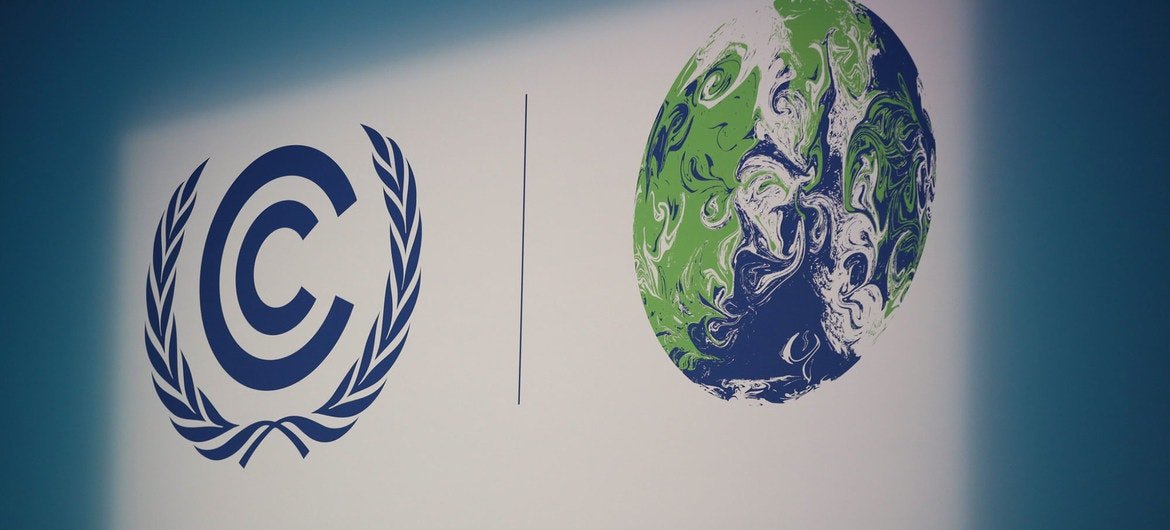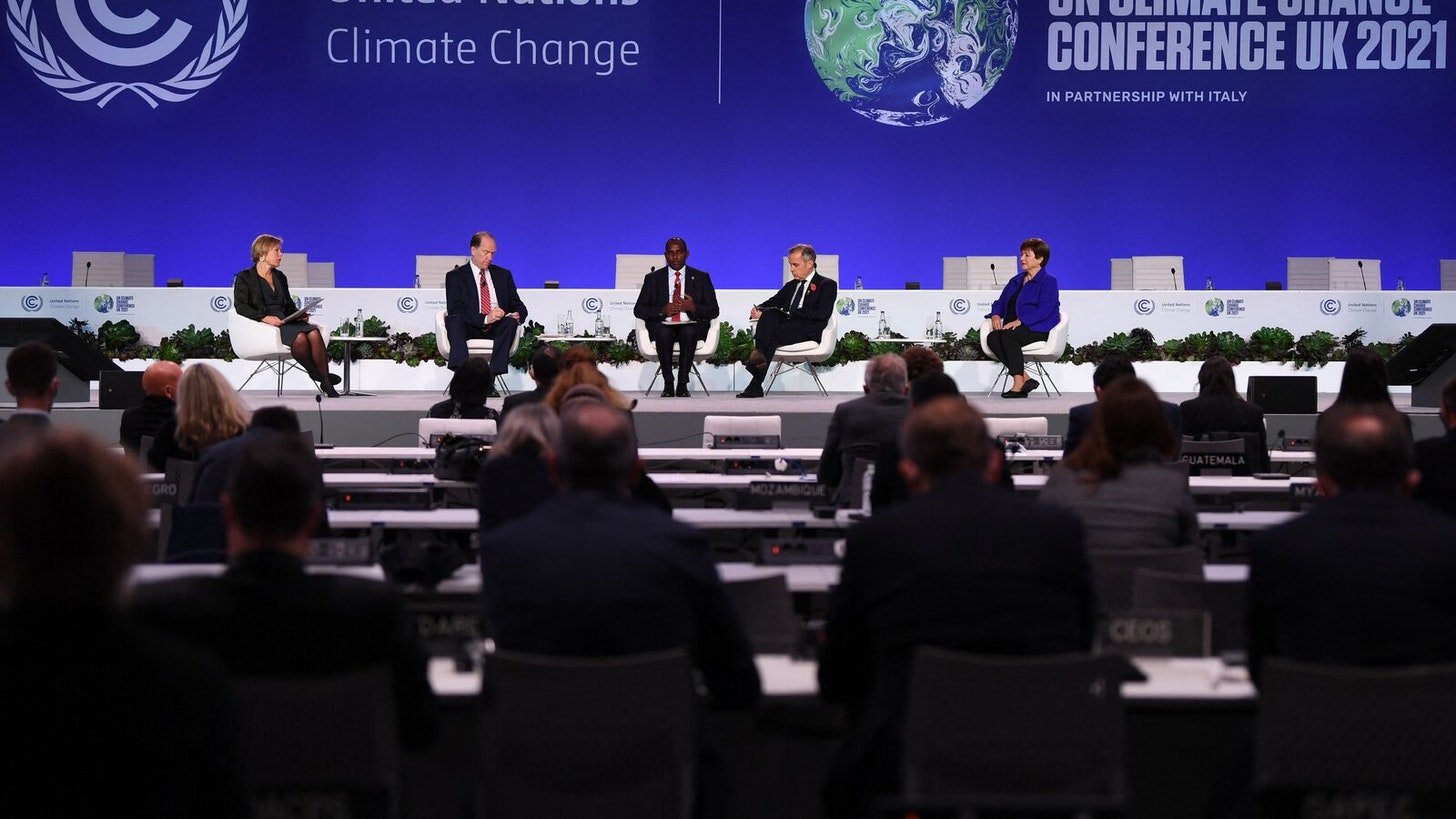Climate Optimism from COP26
This post is written by our intern at The Climat Optimist, Abigail Loughlin, who is currently attending the Climate and Society Master’s Program at Columbia University
As a climate student in 2021 it can be hard to remain optimistic.
Media sources tend to fixate on the doom and gloom of climate change, pushing negative rhetoric surrounding the state of the environment. While the statistics are not encouraging either, avoiding burnout and longevity in the movement to support a positive climate future requires a positive outlook! Even when the odds may seem against us, climate optimism is crucial to energizing yourself and others.
Within the past few weeks, one of the most important environmental conferences was held in Glasgow, attended by world leaders, local politicians, climate activists, and a variety of stakeholders. Before we explore the impact of this event and the decisions made, let’s define this monumental event.
What is COP26 and what does it mean for the climate?
Although the title may be misleading, COP26 is the United Nations 2021 global summit on climate change. In its 26th year, COP (or ‘Conference of Parties’) continues to gather global stakeholders to present nationally-constructed plans for sustainable development, decreasing carbon emissions, diversifying energy sources, and more. COP21 marked the unprecedented Paris Climate Agreement,
“The commitment to aim for 1.5 degrees is important because every fraction of a degree of warming will result in the loss of many more lives lost and livelihoods damaged,”
(https://ukcop26.org/uk-presidency/what-is-a-cop/). This annual conference brings together the world’s most influential figures to exchange in discourse about climate, and creates the potential for substantial change!
What are the goals of COP26?
Each conference outlines a set of goals to accomplish by the end of the talks. For this year the following goals were outlined:
Secure global net-zero by mid-century and keep 1.5 degrees within reach
Adapt to protect communities and natural habitats
Mobilize finance
Work together to deliver
You can read more about the goals and their action-steps at this link: https://ukcop26.org/cop26-goals/
The goals listed above may seem broad, but this room for innovation and interpretation allows stakeholders to contribute in their own capacity. While the agreements are not legally binding or enforceable, the process of developing them as a collective creates an encouraging atmosphere founded in coproduction and inclusivity. Each of these goals eliminates individualistic terms and emphasizes that while participants range in nationalities, industries, lived experiences, and more, that they all belong on this planet and must work together to improve their current state.
A unique aspect of this year’s goals is the intentional focus on protecting communities and natural habitats.
This stresses that global action for climate change is not only for future generations and ecosystem services but also for those who are currently experiencing more intense impacts of climate change.
Moments of COP26 that radiate positivity, and give us hope moving forward!
From global discourse to new action steps surrounding environmental protection, COP26 had many moments of positivity. As a climate student it can be hard to consume disproportionate amounts of negative media and articles regarding the field you hope to pursue. Events such as COP present the potential for meaningful collaboration and change, encouraging younger generations to continue the uphill climb. A few personal moments from this year’s conference which generated optimism are listed below:
1) Meaningful Agreements
Over 105 nations pledged to reverse deforestation, including nations with 85% of the Earth’s forests. “The agreement aims to conserve and accelerate restoration of forests and to significantly increase finance and investment to promote sustainable forest management, conservation and support for Indigenous and local communities.” Given the rapid deforestation rates and previous disregard for Indigenous communities, this agreement presents a great deal of hope for climate justice and environmental quality. With large amounts of funding allocated from private and public donors, this agreement presents a lot of potential and encourages the idea that it will improve current conditions.
To read more: Nations with 85% of Earth's forests pledge to reverse deforestation - November 2, 2021
2) The United States Shifts its Approach to Climate Change
The United States was a noted attendee at the conference due to the tumultuous relationship it has had with the Paris Climate Agreement over the past four years. With a change in the presidency has come a change in perspective towards climate change and prioritizing essential action.
“Well, I've heard President Biden say that every U.S. government agency now, de facto, is a climate agency because climate is touching every aspect of American life. It is also touching every aspect of what the U.S. does around the world. So you can't think any more about conflict - recovery from the conflict without thinking about what caused conflict in the first place.”
These words alone, from an interview with Samantha Power of US AID, indicate such a significant shift in Washington regarding our relationship with our environment. This shift not only creates positive potential for domestic policies, but international influence as well since the United States has a lot of economic and social influence.
To read more: Ambassador on how U.S. will respond to climate change differently following COP26
Photo: Global Citizen
3) Youth Participation
Perhaps the most influential occurrence from COP26 happened outside the doors of the conference in the form of peaceful protest and demonstrations from global youth. Groups gathered in Glasgow and various other cities demanding more immediate action and greater efforts in co-production such as bottom-up discourse and policy implementation. While many may see the unrest as discontempt, it is quite the opposite.
This message encourages and challenges our leaders to keep moving forward with the necessary actions to reverse the harmful effects we have had on our planet. It also solidifies a bright future for the climate movement, filled with energy, innovation, and determination for growth.
**Thank you, Abigail, for your contribution to The Climate Optimist! Like her writing, please leave a comment!






